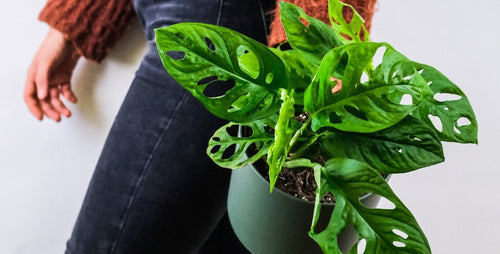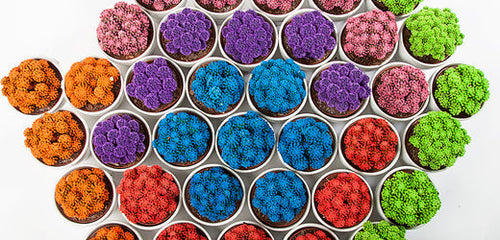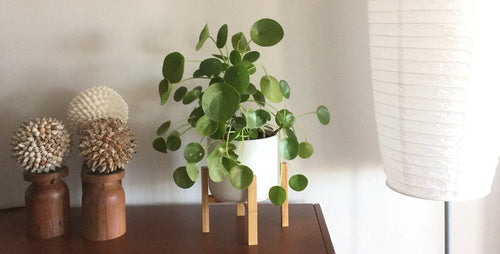Have you ever forgotten to water a houseplant? You aren't alone. We all have. You’re clipping along in your busy life and all of a sudden you notice that the fern on your kitchen counter is dry and drooping. You stick your finger in the soil and its bone dry. Like the Sahara. You swear you just watered it. But there you have it: a dead plant. And you feel terrible.
Wouldn’t it be nice if there had been some sort of sign? Some cry for help? Well, there is, and it’s called an indicator plant.
Mother Nature, being the brilliant creator that she is, has built in warning signs. They are called indicator species. These are microorganisms or plants that serve as a measurement of an environmental condition. An indicator species can alert that there is a problem, such as a pest infestation. Or it can signal environmental conditions, such as the need for water. In short, indicator plants are the canaries in the coal mine.
In your plant collection, an indicator plant might show you visually that something is happening, that’s something’s wrong. For example, some plants wilt faster than others and can alert you to the need of water. Plants lose the rigidity in their leaves when they get too little water.  The most dramatic lack-of-water indicator houseplant is Spathiphyllum. This tall, elegant beauty wilts dramatically when thirsty. Spaths literally faint, laying down their big leaves in a pathetic pile; but give them water and they stand back up again. No harm. Another good indicator houseplant is Fittonia, which also wilts faster than most other plants in need of a drink.
The most dramatic lack-of-water indicator houseplant is Spathiphyllum. This tall, elegant beauty wilts dramatically when thirsty. Spaths literally faint, laying down their big leaves in a pathetic pile; but give them water and they stand back up again. No harm. Another good indicator houseplant is Fittonia, which also wilts faster than most other plants in need of a drink.
The benefit of having an indicator plant is that these species recover quickly when the problem is addressed. They wilt, then recover, and also heroically save the plants that won’t recover quickly (or at all) when you forget to water. NOTE: Plants can wilt for other reasons, such as overwatering or disease.
You can use indicator plants outdoors, too. Add low-water indicator plants to containers and window boxes to help you gauge how much you need to water. Ajuga and impatiens are champion indicator plants. They wilt and swoon when they need moisture, but they recover after watering, thereby saving their less robust planting partners from the stress of lack of water.
Written by Karen Weir-Jimerson

















